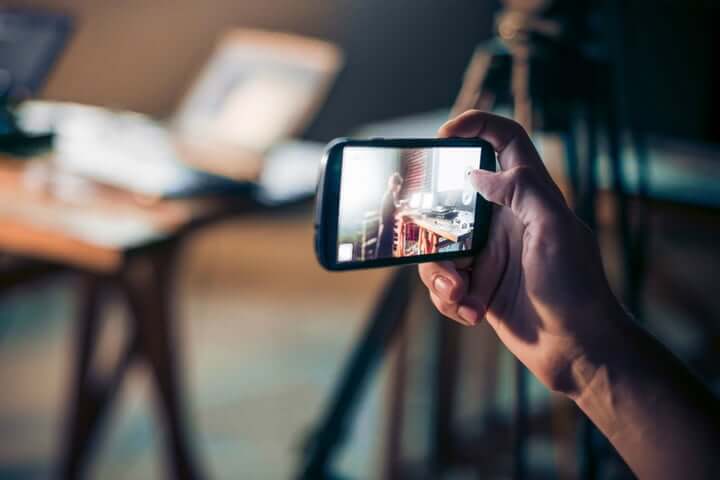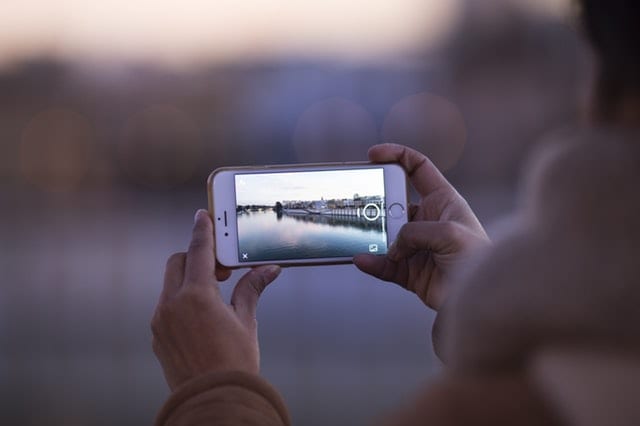It’s a new era where we’ve seen full length films shot entirely on an iPhone. With your phone and a few practices, you too can be capturing moments on smartphone video like a pro.
When you’ve got a flagship phone at your disposal, it’s virtually a waste if you don’t know how to get great videos with it. Use our quick guide to up your game and become a smartphone cinematographer.
What makes a video good?

We begin with the basics of a good video. From a technical standpoint, a good video is comprised of these basic elements:
Lighting
It sets the mood, highlights emotions, and defines your subject. Being aware of where your main light source is in every shot is crucial to establishing emphasis.
Composition
A compelling video often deliberately composes the elements in a sequence or scene. You may have to consider lines, textures, forms, and colors to create the perfect composition for your clips. Don’t forget the rule of thirds, too.
Point of view
Videos like selfies typically use a subjective point of view to connect viewers to a story. Others do a more detached, less personal take on the subject. Either way, the video’s point of view helps you better relay a message.
Beyond excellent technique, a video can resonate for subjective reasons. Its story could be one that’s exceptionally funny, sad, or exciting. While a good video operates on a visual level, it’s mostly driven by stuff that’s working behind the scenes.
Preparing to capture exquisite smartphone videos
You might not have a noteworthy plot for your video, but you can still make it compelling enough to draw attention. How do you attain such, you ask? Start by setting up your smartphone camera right.
Have the right camera settings
To begin, set how large your clip will be with the video resolution. Two common resolutions you can choose from are 1080 HD and 4K, the latter being the larger and clearer resolution. Although 4K is the better option, you may have to dial it down to 1080p if your phone’s storage capacity is limited. Next, set the frame rate. It determines how many individual frame rates per second (fps) your video can record. When choosing among 24 fps, 30 fps, and 60 fps, keep this rule in mind: the higher the fps, the smoother and less jittery the video will be.
Clean the lens
A dirty camera lens will produce blurry videos every time. It’s crucial that you clean your phone’s camera lens before shooting a clip. Only use a microfiber cloth, though, to avoid scratching the lens.
5 tips to get excellent video on your smartphone
Even if your premium handset features a powerful camera, smartphones aren’t generally optimized for shooting videos. That’s why they mostly lack features like optical zoom, which aid in delivering quality images. You can work around this handicap with technique, though. Remember these tips every time you’re recording a video so you can capture better-looking videos.
Steer clear of back lighting

Have the light source more to your side or back. If the light is behind your subject, he or she will look silhouetted in your clips.
Do lock focus
Tap your phone’s screen to lock focus on Android devices. For iPhones, simply hold your finger in place to do the same. Letting your device hunt for the perfect focus alone will often come out less impressive. Instead, do the adjustment manually for a better video quality. Adjust the exposure manually if needed, too.
Go for a horizontal orientation
Snapchat and Instagram may be adding more reasons and features to convince users to create portrait (or vertically oriented) footages, but videography experts discourage people from using such a limited orientation.
Record decent audio, too.
No video can be truly appreciated without quality audio. Fortunately, microphones you find in smartphones these days have largely improved. For best results, invest in a Bluetooth microphone or any other audio accessories. If that is beyond your means, use multiple smartphones to record audio from every subject in your video. Synchronize the audio tracks later in the video editing phase.
Hold the phone with both hands.
While most flagship phones have built-in OIS (optical image stabilization) for better camera stability, holding the device with both hands while shooting still makes a big difference. Aside from a steady footage, you can also minimize getting a wavy effect to your clips.
Aside from these tips, experiment with the video modes your smartphone may feature. The popular ones include time-lapse and slow motion. The former plays a video at a lower frame rate and the latter at an accelerated frame rate. Both can add an element of variety so your video remains compelling to watch from start to finish.
When you’re not too happy with the hardware features on your phone’s camera, think about investing in stand-alone accessories. They can expand your camera’s capabilities so you’ll soon be making videos good enough to be featured on a vlog.
Mobile Device Support with HelloTech
Need help getting your shiny, new smartphone ready for your filmmaking aspirations? Let our Techs take care of the initial setup so your daily driver lives up to its full potential from Day One.


